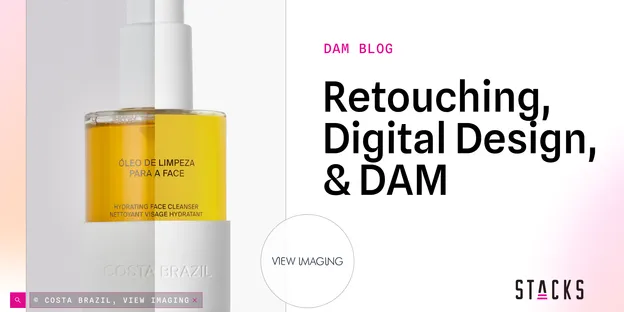What Is Marketing Communications (MarCom)?
When someone says, “I’m in marketing,” what do you imagine they do? Years ago, it may have meant they sat in a Mad Men-style office in New York, pitching advertising ideas to clients. Today, it can mean all sorts of things. Marketing has expanded beyond traditional, print advertising in magazines and on billboards (though this is still relevant to many brands) and into the digital world we all inhabit every day.
In our digital world, an organization’s “Marketing Communications” efforts include both traditional and digital advertising, direct marketing (i.e., emails, print mail, cold calls, etc.), packaging, and the look, feel, and messaging of its website and social media presence. For some organizations, it can also include sponsorships, partnerships, conference appearances, and public relations.
Simply put, Marketing Communications (MarCom) involves everything your organization puts into the marketplace, including all the tools and channels you use.
Why Integrated MarCom Efforts Matter
Much has been said over the years about the importance of brand consistency as it relates to the success of Marketing Communications. However, ensuring consistency with so many siloed marketing channels can be difficult. Integrated marketing communications (IMC) was created as a solution to this problem.
IMC, according to the American Marketing Association, is “a planning process designed to assure that all brand contacts received by a customer or prospect for a product, service, or organization are relevant to that person and consistent over time.”
How does IMC work in the real world? In essence, it means that consumers and prospective customers don’t receive conflicting brand identities or core values communicated to them through different channels. An organization's website, social pages, and advertisements all communicate the same message and value proposition, from the colors and design to the words and images used. This consistency is key to developing a sense of authenticity that ultimately leads to consumer loyalty and trust.
3 Ways Digital Asset Management (DAM) Integrates MarCom Efforts
It Utilizes the Same Content in Different Places
The scale of modern-day MarCom makes it challenging to deploy content across a wide array of different channels. Since each channel comes with its own set of requirements, strategies, and teams or employees who manage it, it can be difficult to achieve brand consistency from a holistic standpoint.
Digital asset management (DAM) principles such as having a single source where content is stored, managed, and made available to every team help combat this siloed way of working. When all your MarCom team members utilize the same well-managed and organized DAM system to access the content they need, they are able to find it more quickly and easily. Since that content is often aligned with the content other team members are using on different channels, it ensures that the consumer doesn’t receive conflicting information.
It Protects Against Brand Inconsistency
Inconsistency happens in one of two core ways. First, off-brand or out-of-date (or content with improper usage rights) makes its way to the marketplace, confusing potential customers and sending the wrong message. Second, the right content is formatted incorrectly or simply looks bad on a certain channel. For example, if a photo with the wrong file format is used on your organization’s website it can make it look grainy and hard to read.
Well-designed DAM programs protect against both of these threats. By using permissions hierarchies and features available on most DAM platforms, you can ensure that out-of-date and off-brand content isn't available to your end-users. In addition, usage and licensing rights can be added to the metadata of a digital asset, automatically making it unavailable to certain teams and channels.
As for design and appearance, asset templates on certain platforms allow a team member to dynamically download the perfect format for every channel they manage. Proper approval workflows ensure that any digital asset entering the system meets specific standards for quality and adheres to brand guidelines.
It Integrates the Ecosystem
Perhaps the most effective way to unite your MarCom efforts through DAM is to integrate all your marketing channels into your DAM system in a technical sense. Many DAM platforms have pre-built integrations and plugins, as well as APIs for custom integrations, that allow MarCom teams to move content from the DAM system to a specific channel with a few clicks.
Using these integrations minimizes human error as content is moved from one place to another. It also speeds up the pace at which digital assets are placed in front of potential customers. The ultimate example of this is a Headless DAM system, wherein content in the DAM is automatically made available to end-users in whatever tool they're using.
These integrations can be costly and time-consuming to build so be sure to identify which ones are the most important to your team when you evaluate different DAM platforms.
Conclusion
Marketing Communications has quickly become one of the most important departments in nearly every organization, as it often encompasses not only the marketing channels used by the brand but also the creative process that generates content.
If integrating, speeding up, or increasing the effectiveness of your MarCom efforts is a priority for your organization, start with your DAM program. It's the hub that seamlessly connects all your efforts and strategies so they work together to achieve your goals. To get started with DAM or take your DAM program to the next level, contact Stacks today!




